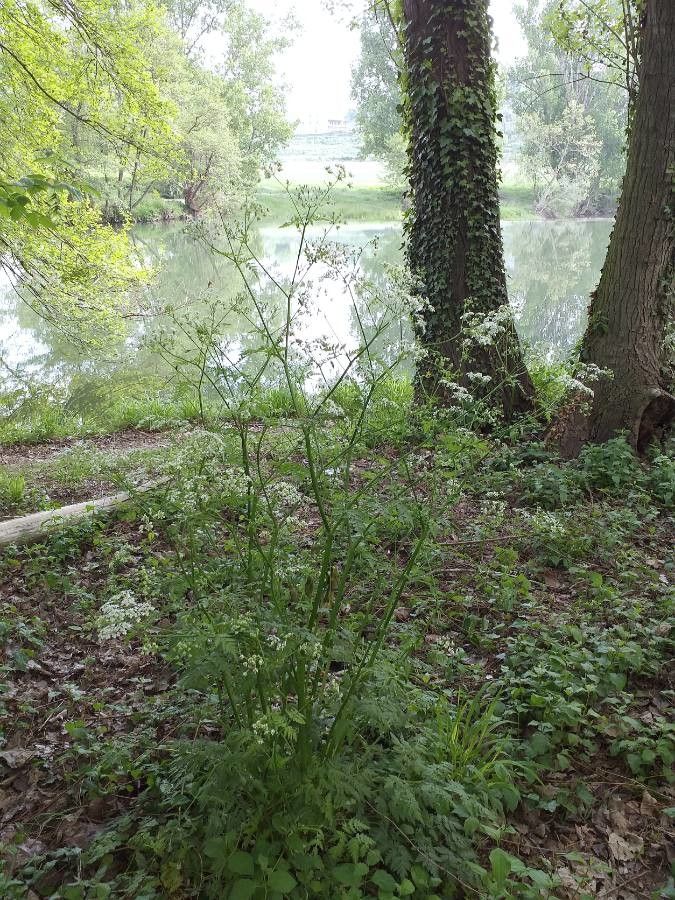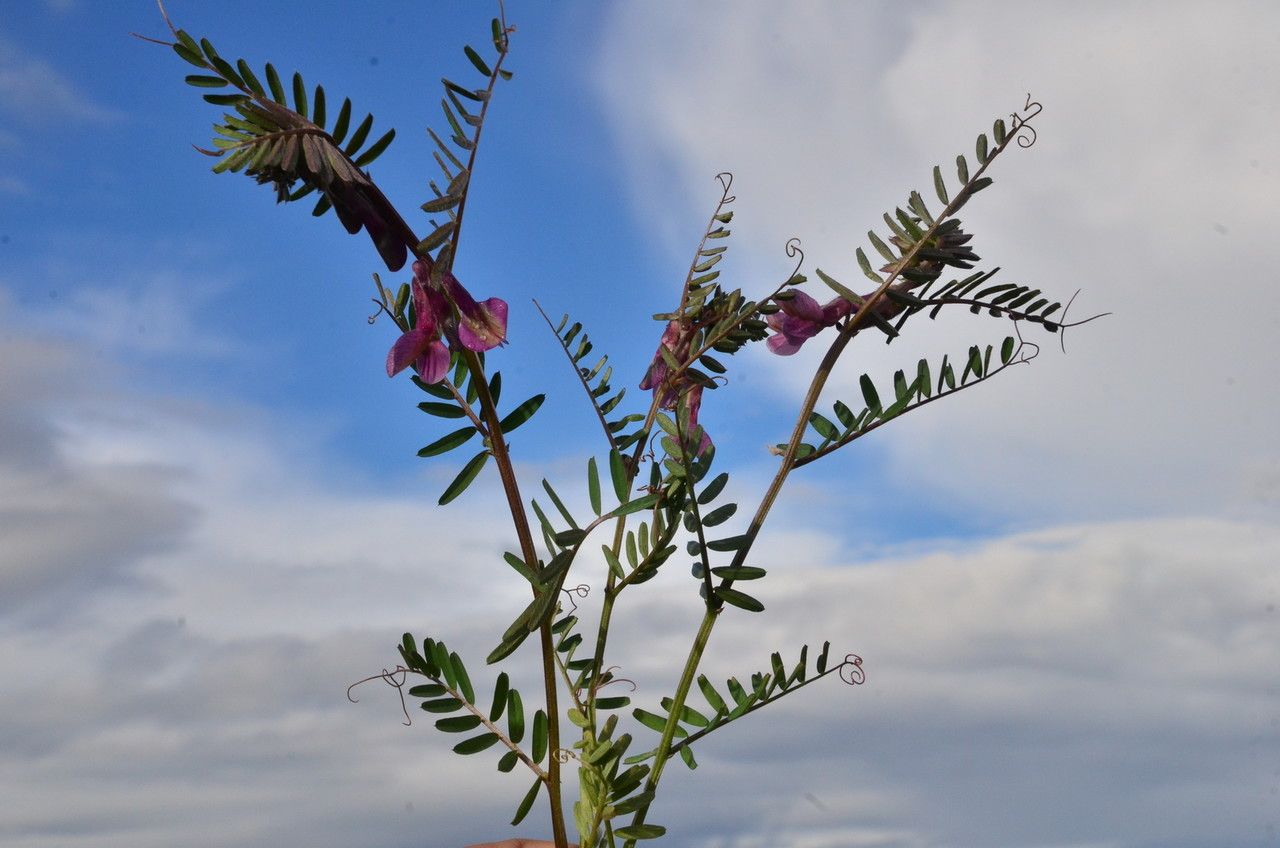## Tanner's Sumac: A Comprehensive Guide
Tanner's sumac ( *Rhus coriaria*) is a fascinating and historically significant shrub belonging to the Anacardiaceae family, which also includes cashews, mangoes, and pistachios. Known for its rich history in tanning leather and its vibrant foliage, this plant offers a unique blend of practicality and aesthetic appeal. Let's delve deeper into its characteristics, cultivation, and uses.
### Habitat and Growth
Tanner's sumac thrives in warm, temperate climates, preferring well-drained soil and full sun to partial shade. It's a hardy plant, tolerant of drought conditions once established, but benefits from regular watering, especially during extended dry spells. This adaptable shrub can be found in various environments, from rocky slopes to open woodlands across Europe, North Africa, and parts of Asia. It typically grows as a multi-stemmed shrub reaching heights of up to 3 meters, showcasing its dense, spreading habit.
### Distinguishing Features
Identifying Tanner's sumac is relatively straightforward. Its leaves are pinnately compound, meaning they consist of several leaflets arranged along a central stem. These leaflets are lance-shaped with serrated edges and a slightly leathery texture. In autumn, the leaves turn stunning shades of red and orange, adding a vibrant display to the landscape. The small, greenish-white flowers are arranged in dense panicles, followed by the development of small, reddish-brown fruits covered in fine hairs. These fruits are particularly important because they contain tannins, responsible for the plant's traditional uses in tanning leather.
### Uses and Applications
For centuries, Tanner's sumac has been highly valued for its tannins, extracted from its leaves, stems, and fruits. These tannins have been employed in the tanning of leather, imparting durability, flexibility, and a characteristic color. The plant's historical importance in the leather industry is undeniable, contributing significantly to the development of various tanning techniques across different cultures.
Beyond its industrial applications, Tanner's sumac holds a place in traditional medicine. Some cultures have used different parts of the plant for various medicinal purposes, although scientific evidence supporting these uses may be limited. It's crucial to consult with a qualified healthcare professional before using any plant for medicinal purposes.
### Cultivating Tanner's Sumac
Propagation is relatively easy, typically done through seeds or cuttings. Seeds should be sown in the spring after stratification (a period of cold treatment), while cuttings can be taken in late summer or early autumn. Ensure good drainage is provided when planting, as waterlogged soil can lead to root rot. Minimal pruning is generally needed, except to remove dead or damaged branches. Once established, Tanner's sumac requires relatively little maintenance, making it a rewarding plant for both experienced and novice gardeners.
### Potential Pests and Diseases
Tanner's sumac is generally resilient to common pests and diseases. However, like any plant, it can be susceptible to fungal infections if grown in poorly drained soil or excessively humid conditions. Regular monitoring for signs of disease is recommended, and prompt action should be taken if any issues arise.
### Conclusion
Tanner's sumac is more than just a plant; it represents a fascinating blend of historical significance, practical applications, and aesthetic appeal. Its enduring presence in leather processing and its potential for ornamental use continues to highlight its versatility and value.
Tanner's Sumac: Complete Guide & Care Tips

Frequently Asked Questions
How to grow Tanner's Sumac?
Tanner's Sumac prefers well-drained soil and full sun to partial shade. Propagate through seeds (after stratification) or cuttings. Ensure good drainage to prevent root rot. Minimal pruning is required.
What are the uses of Tanner's Sumac?
Historically, its tannins were crucial in leather tanning. It's also been used in traditional medicine, though scientific evidence is limited. Consult a healthcare professional before medicinal use.


